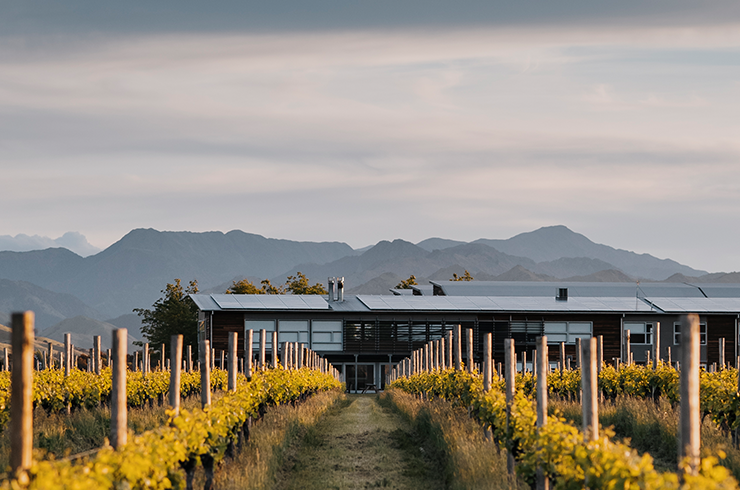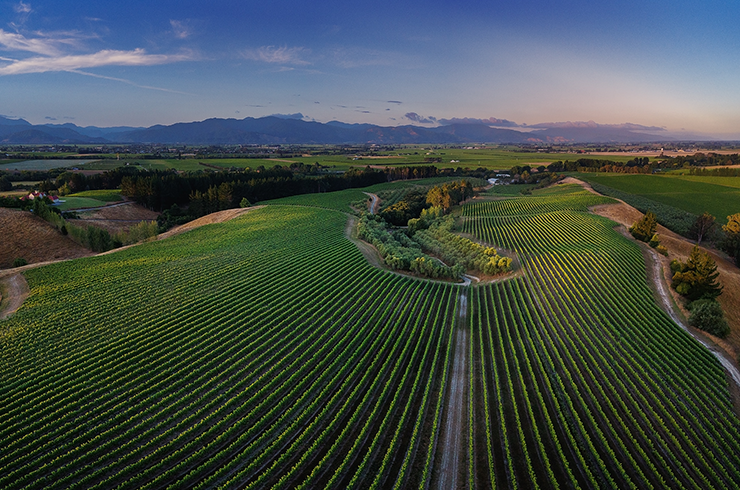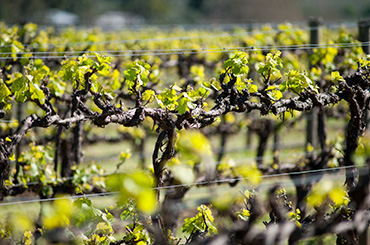-
Organics and biodynamics
-
Low-maintenance grapes
-
Packaging
-
Think local
-
…and two things that probably don’t make a difference
-
Handmade
-
Sulphur dioxide
Most people assume that wine is inherently a natural product. It’s just fermented grape juice, right? Unfortunately, over the last 60-odd years, conventional wine (much like most of what we consume) has become more industrialised, with production, packaging and distribution leaving a substantial environmental footprint.
But you don’t have to restrict yourself to minimal intervention – aka ‘natural’ wines – if you’re keen to shop more sustainably. In this era of clean eating and climate change, small producers and big brands alike are championing eco-friendly options and being more transparent about it to boot.
If you want to join the sustainable wine movement, here are five factors to keep in mind next time you hit the bottle shop (and two to take with a grain of salt).
Adopting organic or biodynamic farming is an important step for wineries that are serious about putting back what they take out. Those who make this claim can be certified by an independent, third-party organisation, although many wineries eschew pesticides and chemical-sprays without seeking official recognition – so it’s worth doing your research.
Look out for: Margaret River winery Voyager Estate will convert all of its 120 acres to Australian Certified Organic production by 2021.
Grapes sure are thirsty, but some more than others. Forward-thinking Aussie producers are turning their attentions from grapes like pinot noir, cabernet sauvignon and chardonnay, which often require irrigation, and switching to more adaptable varieties as a way of dealing with climate change. Keep an eye out for alternatives such as assyrtiko, ribolla gialla and inzolia, which thrive in hot, dry growing conditions while retaining a refreshing acidity.
Look out for: Anything by Chalmers. This sustainable winery made a name for itself with vermentino in 2004, and it’s still the industry leader in drought-tolerant varieties.
Most wines come in glass bottles and, in an ideal world, are recycled. But glass is heavy: the average bottle of wine weighs around 1.5kg, and the heavier the glass, the more energy consumed. Weighty bottles make a wine seem more serious (and expensive), but it makes little difference to what ends up in your glass. Steer away from extra-thick bottles and consider alternative packaging like cans or casks for drink-now styles.
Look out for: Biodynamic producer Bress Wines uses lightweight glass and ships in plain, recycled cardboard packaging to keep carbon emissions low.
Wherever you are, choosing the local wine over a bottle that’s been shipped thousands of kilometres does more than reduce your carbon footprint. It’s also an opportunity to get to know the people who make your wine and ask them about their sustainable practices, all while supporting the community. That’s not to say you should never crack open another bottle of (natural, organic) Jura chardonnay, but sometimes it’s nice to keep it in the neighbourhood.
Look out for: Cellar doors. You’ll get to pick up your wine straight from the source; the winemaker might even be the one to sell it to you.
Traditionally, all wines were handmade (not hard to imagine considering wine itself is over 5000 years old), and many great ones still are. But ‘handmade’ is largely a marketing buzzword, as there’s no regulation around what it means. Treat this claim with a bit of healthy scepticism – mechanisation is not always bad, or bad for the environment. It all depends on who is controlling the machine.
This naturally occurring yet controversial compound has been used to prevent oxidation in wine (and other consumables) for millennia. However, in the last 10 years, sulphur-free wines have been picking up traction, particularly with the makers of low-intervention drops. But ‘sulphur-free’ is not a health statement – and skipping sulphur doesn’t make a wine better, per se. Just different.





